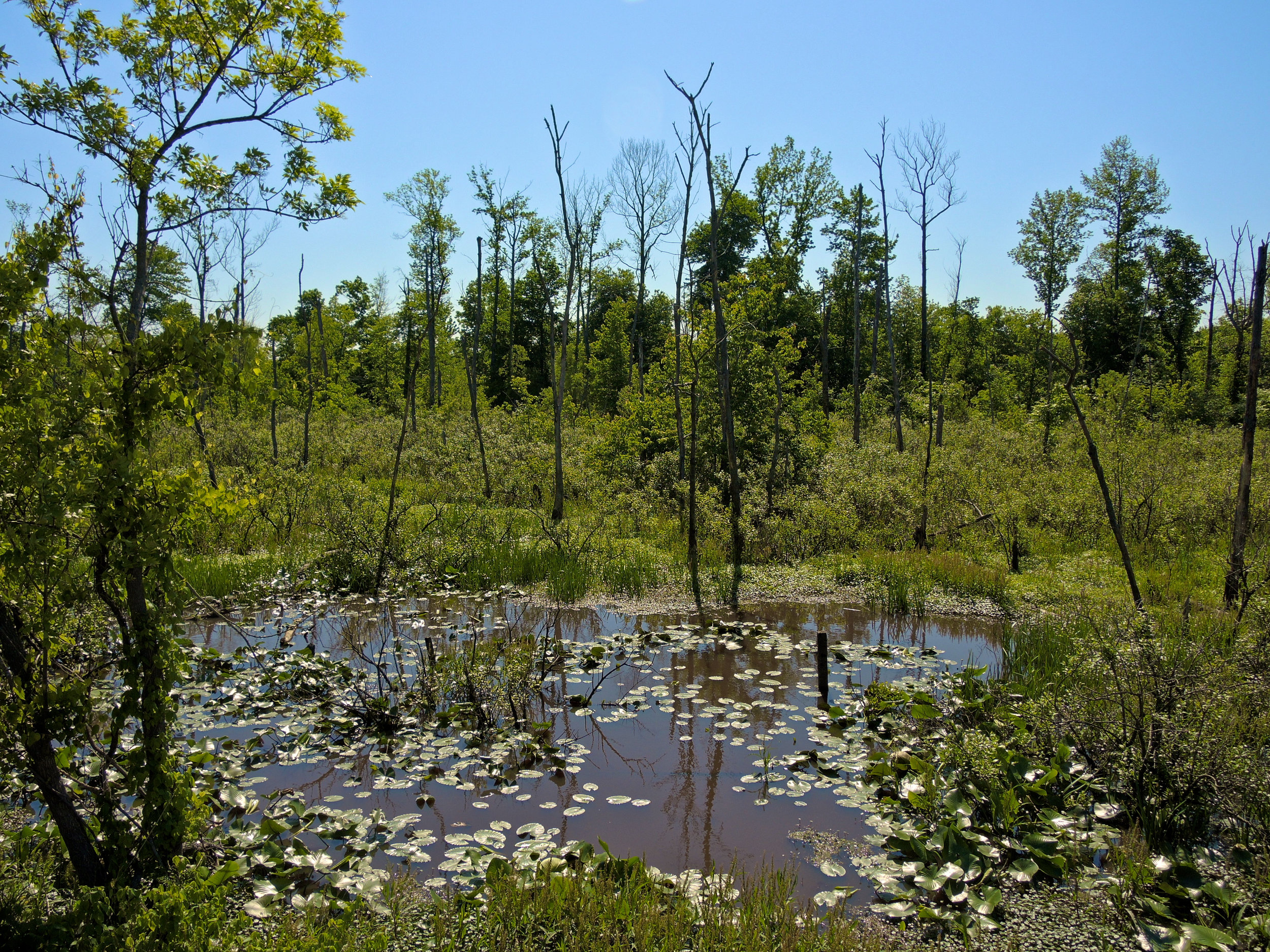When rainwater seeps through a mine, it gathers pollutants lying on the ground that alter the acidity of the water. This water can go on to infiltrate aquifers and pollute downstream areas. This pollution can be remedied by adding basic materials to the water and removing contaminated soil.
Fracking can also cause water pollution when boreholes approach aquifers. This can cause the various compounds used in fracking to mix with the previously pristine water. In some cases carcinogens or heavy metals can enter the water supply, rendering the aquifer unusable.
Mining goes hand in hand with processing to create the energy and materials that we use every day. Unfortunately its impact on waterways is nothing short of catastrophic. In the next post we will discuss the impact of refining and manufacturing on our waterways.


Sources
https://www.epa.gov/nps/abandoned-mine-drainage
https://www.ucsusa.org/clean-energy/coal-and-other-fossil-fuels/coal-water-pollution
https://www.bbc.com/news/uk-37578189
https://cdn2.vectorstock.com/i/1000×1000/98/11/fracking-diagram-vector-799811.jpg
By Sam Fischman


